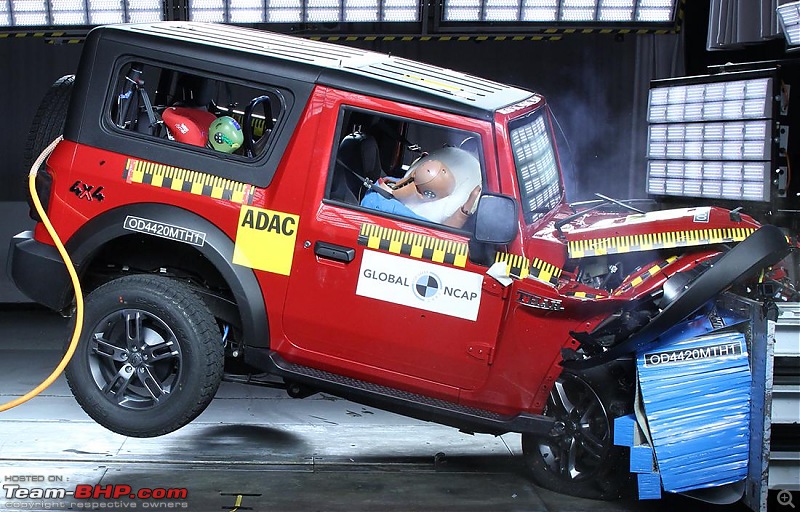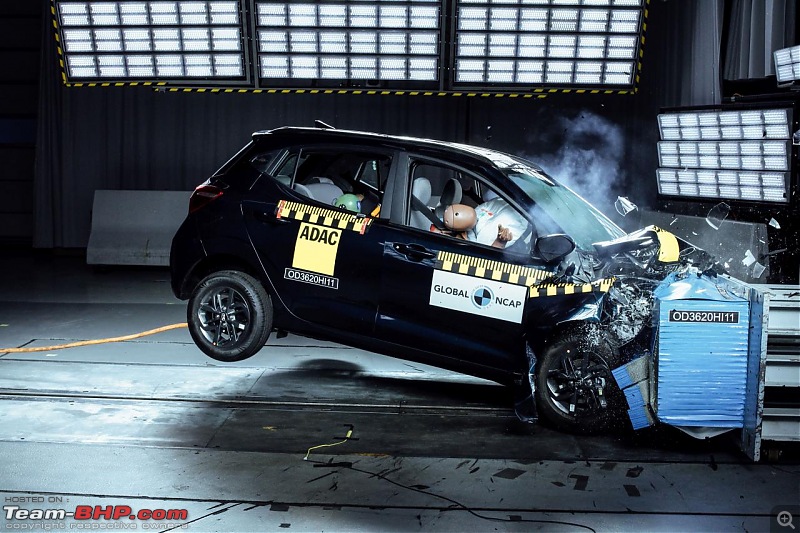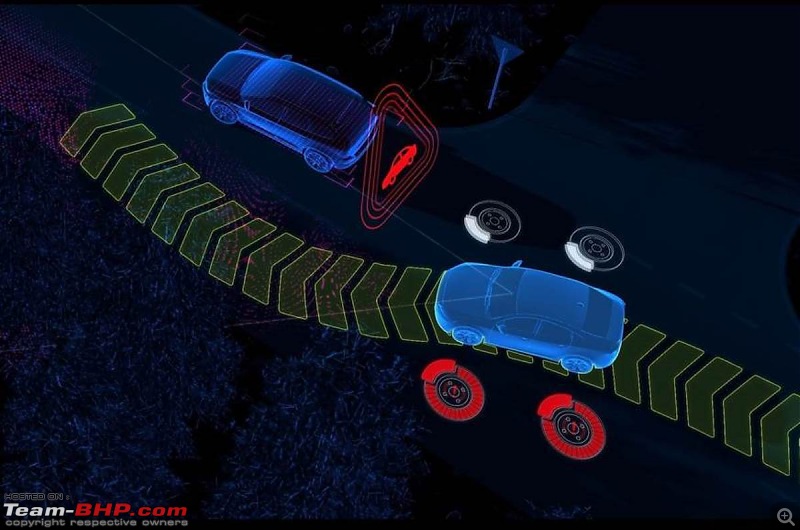Quote:
Originally Posted by amvj  Global NCAP is definitely a saviour. The nation is plagued with a lot of crash related deaths than any other country. GNCAP is the last hope for our nation... |
I beg to differ. I have good reasons to do so. Please let me explain – it’s a long-ish post.
Concept of crashworthiness on cars was adopted from military aviation, similar to how several technologies including ABS (introduced in aviation in the ‘50s by Dunlop as ‘Maxaret’ braking), etc have filtered down from aviation to automobiles.
Military aviation aircraft without crew escape systems (ejection seats, etc) resort to several design philosophies to enhance survivability in combat. Crashworthiness is the last in that chain. Towards this, the US had pioneered the process, using statistics of crashes in the Vietnam and other operations to derive a standard for “crash resistance” and associated methods of testing. The actual level of crash resistance parameters achieved against the standard defines the percentile survivability, with 95th percentile being somewhat analogous to “5- Stars” in vehicle crash rating.
Now do remember that the crash resistance standard is a sort of “templatised” form of solution to the problem. Similar to how Asian NCAP has different standards compared to Euro NCAP, etc, the civil aviation certification standards are also different and less stringent from the military. Now, is the civil aircraft designed to the “lesser” crashworthy standard less safe as compared to the military one? Definitely not, as actual crash statistics indicate. Also, an actual crash is such an occurrence with so many variables; the 95th percentile aircraft or the “5-Star” rated vehicle may or may not fare well.
Does the military always root for 95th percentile crash resistance? Well, if it always insists then some other design parameter invariably suffers (usually Basic Empty Weight, payload, high altitude performance, etc). So a carefully thought decision is usually made as an acceptable compromise. Similarly, some members here were reasoning why not increase the front Offset Deformable impact speed to 80 km/h since that is the speed limit on our highways. Excessive focus on one sole design parameter will result in a skewed design and a car design team needs to balance several design aspects. This brings me to the next point.
A designated country’s requirements are obviously studied by the automobile design team and that includes the homologation standards and the existing market forces. In our case, our vehicle crashworthy standards are lower as compared to Euro NCAP. Our market forces dictate severe emphasis on fuel economy (due to reasons already known) and the tax structure on vehicle pricing is ludicrous. Any design team in their due process will obviously align their car design to enable homologation as well as compete and excel the designated market requirements. This explains the “made-for-India” platform derivatives that we have seen from Hyundai, Kia and Skoda. Design teams work on defined processes and take inputs on established homologation rules, not on any NGO’s stated crash standards.
In this context, please do keep in mind that Global NCAP is an NGO based in the UK. It does not have any statutory authority. This also may explain as to why, say Kia did not consider Global NCAP standards for their India platform. Ethics, morals, etc do not come into this equation. Also, this is not a justification for any OEM cutting corners – it’s just an explanation of the outcome that we see.
It’s extremely unfortunate that this NGO appears to have usurped and moved the highlight away from our certification and testing processes. It is high time the Govt recognises and intervenes with corrective measures. This should include transparent information on existing standards and compliance.
Also, on that note please understand that no foreign NGO is ever a “saviour” to fix our system. There is a whole lot of publicity flashed across various media channels whenever some Indian vehicles are crash tested by Global NCAP. These guys appear to have taken over as a de-facto certification authority for crash testing and for declaring gold standard “5-Star” ratings. Their stated objective is to ensure safer cars for India and Africa – the modern version of the White Man’s burden, if you will.
This rather cynical approach stems from personal experience in the domestic military aviation sector and experience in dealing with foreign vendors! I am sure we all are aware that there is no Free Lunch. In this context there appears to be also some fine print worth reading in this wholly magnanimous NGO overseeing the safety of Indian cars – apparently they encourage OEMs to voluntarily send their vehicles. Also, the 5 Star rating requires additional information, etc from the OEM. So all this will obviously involve costs that need to be reimbursed to get the coveted maximum rating. So this NGO occupies a nice niche in the industry, displacing our regulatory authorities!
Whilst I am not implying anything (yet) on testing methods of Global NCAP and their chosen standards, what I am clearly stating is that having a foreign NGO take over what essentially is an internal regulatory role of a domestic authority, is an absolute no-no.

 (13)
Thanks
(13)
Thanks

 (13)
Thanks
(13)
Thanks

 (3)
Thanks
(3)
Thanks
 (1)
Thanks
(1)
Thanks
 (2)
Thanks
(2)
Thanks

 (2)
Thanks
(2)
Thanks
 (1)
Thanks
(1)
Thanks
 (2)
Thanks
(2)
Thanks
 (1)
Thanks
(1)
Thanks
 (1)
Thanks
(1)
Thanks











 .
.